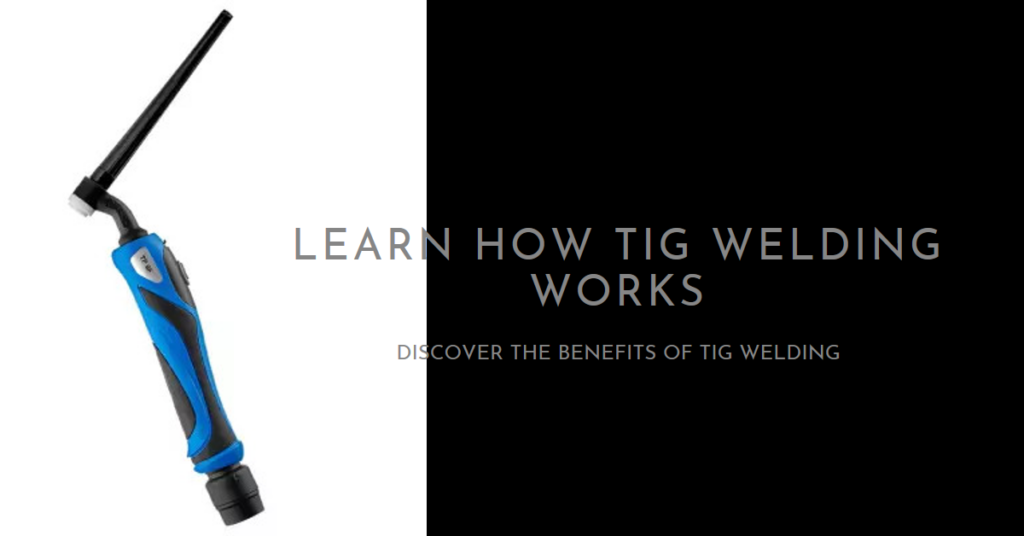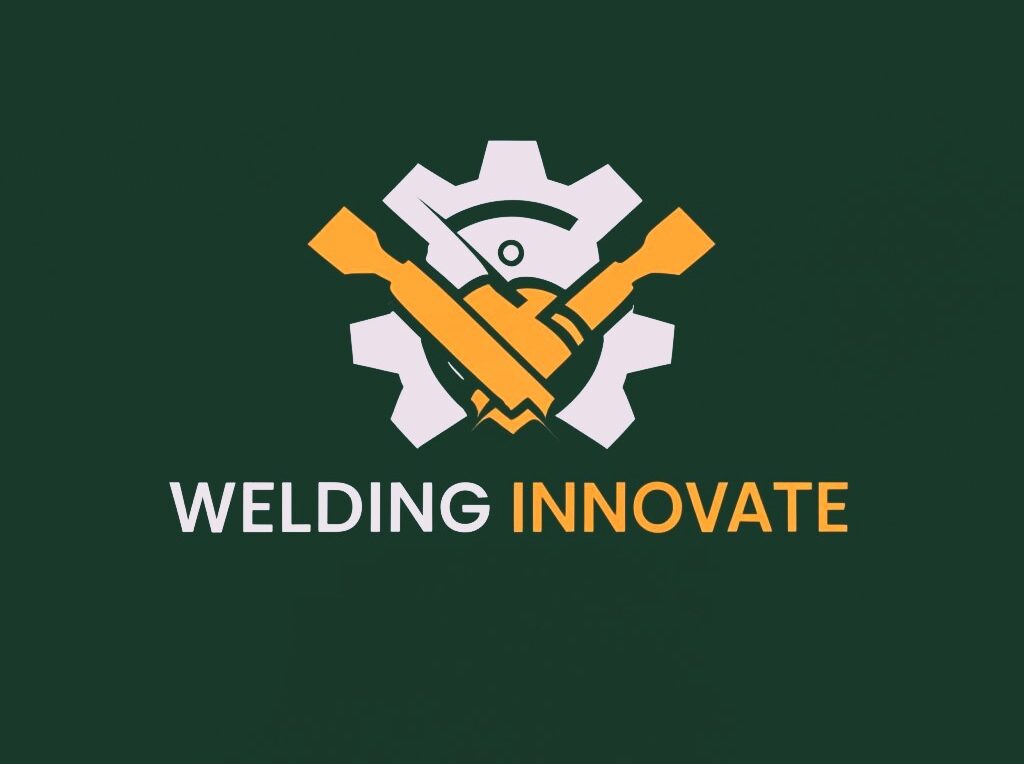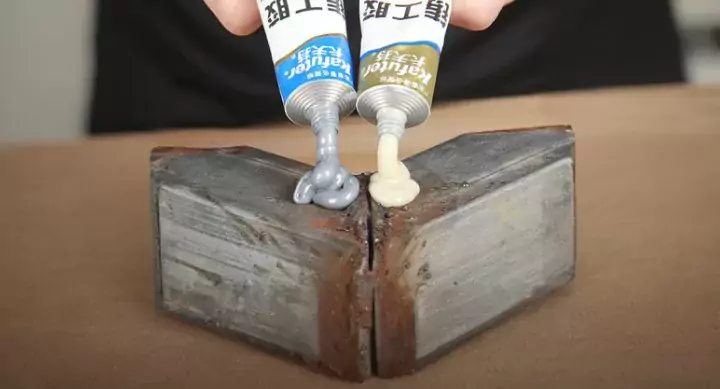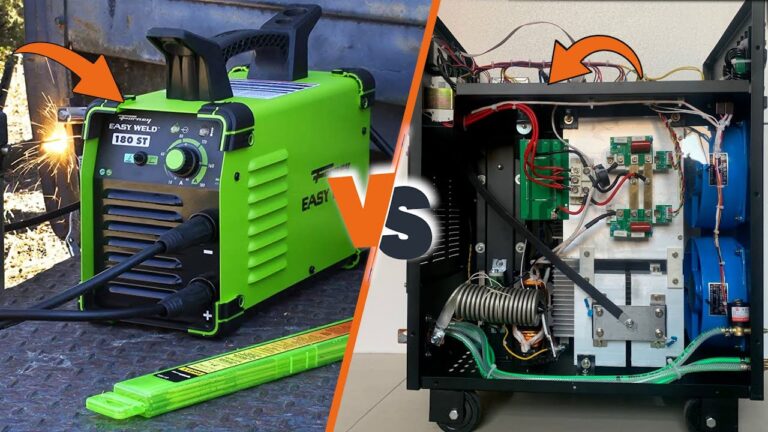
What is TIG Welding?
Tungsten inert gas(TIG) welding is the welding process in which heat is needed. The heat is produced through an intense electric arc. A non-consumable electrode is used that will not melt in the process.
There are different types of welding techniques to connect the metals, and TIG is also one. The TIG joins two metals by melting them under a non-consumable electrode in which inert gases also play a role, and sometimes it is also done without filler.
Mostly filler material is not used; when needed, the welding rod is inserted directly into the weld zone, melts, and fuses into the base metal. TIG is mainly used for welding aluminum alloy And magnesium.
In the process, the workpiece is connected to the positive terminal while the electrode is connected to the negative terminal. The high-intensity arc is generated between the tungsten and workpiece.
A lot of heat energy of the arc comes into action to join the metal plate. Any of the shielding gas such as argon or helium is supplied to guard against oxidation or rusting because of oxygen reaction.
How Does a TIG welding works?
Before moving directly onto the working of TIG welding, you must understand the following things.
The Constant Current Power Source
It is a vital part of TIG welding as you need a high current power source. Generally, in the process of TIG welding, power sources AC and DC are used. But DC (direct current) is needed for stainless steels, mild steel, copper, nickel alloy, etc., whereas AC is required for aluminum alloy and magnesium. The organic tig welding machine comprises a transformer, a rectifier, and electronic controls.
Starting and Maintaining the Arc
In the process of arc welding, the electrode and workpiece play a crucial role. They generate a high-temperature arc that has the power to melt the metal, thereby forming what is known as a weld pool. This weld pool is further reinforced by the manual introduction of filler material. This technique is particularly effective when working with aluminum, stainless steel, and thin sheets of other metals, where TIG welding offers precise control.
The initiation of the arc is a critical step in this process. When you first power up the welding machine, the arc is started on a piece of metal by striking it in a manner similar to lighting a match. The first step involves turning on the gas on the torch. Following this, a small sweeping motion is made with your torch to establish contact between the tungsten tip and the metal plate. This action will automatically initiate the arc, setting the stage for the welding process to commence. This method ensures a smooth start and maintains the arc for effective welding.
Materials Used in TIG Welding
Various materials are utilized in TIG welding to facilitate the process and achieve high-quality welds. Here are the main materials used in TIG welding:
The TIG Welding Torch
TIG torch plays an important role in TIG welding. The torch consists of tungsten electrode collection and nozzle, which either may be water-cooled or air-cooled. The collet grips tightly the electrode. The nozzle flows shield gas into the welding zone to prevent oxidization. The nozzle needs to be replaced frequently as it damages due to a high level of heat.
Shielding Gas
Mostly argon or helium are used for shielding in the welding process that uses these gases to protect the metal from oxidation, etc. The gases flow into the welding zone through a regulatory system.
Filler Material
No filler is required in thin sheets and filler is used for welding of thick matter. Filler metals are often used in TIG welding to add material to the weld joint and enhance its strength. The choice of filler metal depends on the type of base metal being welded. Common filler metals include stainless steel, aluminum, mild steel, and specialty alloys.
Electrodes
Tungsten electrodes are crucial in TIG welding due to their high heat resistance and conductivity. They create a stable arc and can be maintained at an ideal shape through grinding or polishing. Different alloy combinations of tungsten electrodes, such as pure tungsten or thoriated tungsten, can enhance performance and durability in various welding scenarios.
Consumables:
Consumables such as collets, collet bodies, and cups are used to hold and direct the flow of shielding gas around the tungsten electrode. These components are crucial for maintaining the integrity of the welding process.
Welding Gloves and Safety Gear:
Personal protective equipment, including welding gloves, a welding helmet with a protective lens, and appropriate clothing, is essential for the safety of the welder.
These materials, when used together with proper techniques, contribute to the success of TIG welding, producing clean and precise welds suitable for various applications.
How TIG Differs from MIG
TIG welding and MIG welding are two common types of arc welding that use an electric current to create heat and join metals. However, they have different characteristics and applications that make them suitable for different purposes.
One of the main differences between TIG and MIG welding is the type of electrode they use. TIG (tungsten inert gas) welding uses a non-consumable tungsten electrode that creates an arc between the torch and the workpiece. The tungsten electrode is resistant to high temperatures and does not melt during the welding process. The welder has to manually feed a filler metal (also called a sacrificial rod) into the weld pool to fill the gap between the metals. The welder also has to control the arc length using a foot pedal and aim the electrode at the right spot using one hand. This makes TIG welding a complex and skillful technique that requires a lot of practice and precision.
MIG (metal inert gas) welding, on the other hand, uses a consumable wire electrode that is fed continuously through the welding machine and forms the arc with the workpiece. The wire electrode also acts as the filler metal and melts into the weld pool. The welder does not have to control the arc length or feed the filler metal manually, which makes MIG welding a simpler and faster technique that can be learned more easily.
Main differences
| Criteria | TIG | MIG |
|---|---|---|
| Electrode | Non-consumable tungsten electrode | Consumable wire electrode |
| Filler material | Separate filler rod | Wire electrode |
| Shielding gas | Inert gas (argon or helium) | Mixture of inert and active gases (argon, CO2, oxygen) |
| Strength | High | High |
| Speed | Low | High |
| Cost-effectiveness | Low | High |
| Versatility | High (can weld thin and diverse metals) | Low (limited to thicker and common metals) |
| Safety | High (no spatter or fumes) | Low (more spatter and fumes) |
| Appearance | Clean and neat | Spatter and discoloration |
| Weld quality | High (precise and clean) | Low (porosity and cracking) |
| Skill level required | High (complex and manual) | Low (simple and automatic) |
| Environmental impact | Low (less waste and emissions) | High (more waste and emissions) |
| Accessibility | Low (expensive and rare equipment) | High (cheap and common equipment) |
Another difference between TIG and MIG welding is the type of shielding gas they use. TIG welding uses an inert gas, such as argon or helium, that protects the weld pool from atmospheric contamination and oxidation. MIG welding uses a mixture of inert and active gases, such as carbon dioxide or oxygen, that enhance the stability of the arc and the quality of the weld. The choice of the shielding gas depends on the type of metal being welded and the desired outcome.
TIG and MIG welding also differ in the types of materials they can weld and the applications for which they are suitable.
Materials that can be welded with TIG welding
TIG welding is ideal for welding thin and fragile materials thin and delicate materials such as:
- pipes, tubes
- sheet metal
- aluminum
- stainless steel,
- copper,
- titanium
- dissimilar metals
- Nickel Alloys
- Chromoly
TIG welding produces clean and precise welds with minimal spatter and distortion, making it ideal for aesthetically pleasing and high quality projects that do not require painting or coating.
MIG welding is preferred for welding thicker and heavier materials.
Materials that can be welded by MIG welding:
- structural steel
- carbon steel
- low-alloy steel
- aluminum
Because it has a high heat output that penetrates deeper into the metal. MIG welding can also weld faster and more efficiently than TIG welding, making it the preferred process for mass production and industrial applications. MIG welding produces strong and durable welds with less porosity and cracking, but it produces more spatter and discoloration, which may require post-weld cleaning and finishing.
The TIG Welding Process Explained
The low voltage high current is supplied via power to the tungsten electrode. The electrode is connected to a negative terminal in the process, and the workpiece is connected to the positive terminal.
The current produces a spark between the non-consumable tungsten electrode and the workpiece, which helps the electric generate an intense arc resultantly base metal melts and forms welding joint.
To prevent oxidization pressure valve and regulate valve flows, the shielding gas covering the weld thus oxygen and other reactive gases could not enter for a chemical reaction.
Moreover, the shielded gas produces plasma which intensifies the heating arc for perfect welding. However, when the filler is needed for welding thick joints, some filler material is injected manually into welding.
Things to Keep in Mind while Welding
- Always wear protective gear.
- To know the machine you are operating.
- Work in a ventilated area.
- Use the right type of current.
- Learn welding from a professional if you are a beginner.
Lets look onto the above points briefly
Welding is one of the toughest jobs to perform. It requires a lot of experience and patience. Above all, the job of welding involves a lot of risk and danger. So while performing such a job, safety must be a priority.
While performing a welding job, you are exposed to fumes and gases that can be harmful to you and your body. So it would help if you kept in mind a few things before doing the task.
The right gear for welding work is a must thing. The welding gear includes a welding helmet, glasses, gloves, and welding jackets, etc.
Besides wearing the proper gear, the next thing you have to do is to possess sufficient knowledge about the welding work and welder machine. So it is necessary to be well aware of all the instructions to operate the appliance, which can save you from any mishap.
Another precaution you should take while performing a welding job is proper ventilation. During welding work, you are very close to fumes and gases; therefore, the welding job must be performed in a properly ventilated area. In this way, the toxic gases and fumes will evaporate quickly in the air.
There are two types of current AC and DC. Both types of currents, AC and DC, are required for welding different types of materials. As DC is used for welding steel while AC is used for welding Aluminum, ensure choosing the right type of current for welding.
The last precaution is never to try to teach welding yourself. If you are not familiar with welding, then avoid practicing the welding on your own.
It is advisable to join a training institute and learn welding from expert instructors as a welding job is not easy in which you are exposed to spark and fumes, and gases.
TIG Welding Tips and Techniques
Tungsten inert gas (TIG) welding, also known as gas tungsten arc welding (GTAW), is a versatile welding process used to join metal pieces. Mastering TIG welding takes skill and practice, but following some key tips will help you make quality welds.
Key Tips for Quality
Here are six tips for making clean, strong TIG welds:
- Keep a narrow arc length for optimum control. An arc length of 1/8 inch is recommended.
- Maintain a consistent torch travel speed for an even weld bead. Travel speed affects heat input and weld penetration.
- Use a slight forward torch angle to prevent air pockets. A 10-15 degree torch angle allows argon coverage.
- Be careful not to touch the tungsten electrode to the molten weld pool. This contaminates the electrode.
- Select the right size filler metal and feed it steadily into the weld. For aluminum, 4043 alloy filler gives good results.
- Check and sharpen the tungsten electrode tip as needed. Grind to a point or ball shape depending on the application.
Following these tips will help prevent flaws like porosity and produce attractive, ductile TIG weld beads. Adjusting your technique based on the metal thickness and positions is also key.
Advantages and Disadvantages of TIG Welding
TIG welding offers numerous benefits but also has some downsides to consider:
Advantages:
- TIG welding can weld both steel, aluminum, etc.
- When you grasp the TIG welder technique properly, you will know that welding can be done with perfect precision.
- TIG welding allows performing welding in multiple positions such as upward, downward to the sides, or a congested corner. This advantage of TIG welding gives it an edge over other welding processes as it caters to different situations.
- Very clean welds with minimal spatter, smoke or fumes Ability to weld thin metals down to 0.5 mm
Excellent weld appearance and only light finishing needed Superior strength, ductility and corrosion resistance Good visibility of the weld pool
Disadvantages:
- Requires a high level of manual skill
- Generally a slower process than MIG welding Not suitable for welding very thick materials over 1/4 inch Precise gas shielding required More expensive equipment needed
While the process is slower and has a steeper learning curve, TIG produces the highest quality, strongest welds of any welding method. It excels at welding stainless steel, aluminum, magnesium, and other light metals thanks to its cleanliness and low heat input. Considering its advantages and limitations will help determine when TIG is the best fit for a project.
Closing remarks
Use TIG welding is a versatile and precise welding method that produces high-quality, strong welds for stainless steel, aluminum, and other metals. It relies on a steady arc between a non-consumable tungsten electrode and workpiece, protected from contamination by an inert shielding gas. TIG excels at welding thin sections and enables welding in all positions.
The process requires high skill to manually control the torch and molten weld puddle. But it offers superior control and can weld a wide array of metals with minimal distortion or need for post-weld finishing. TIG’s ability to make neat precision welds makes it well-suited for pipes, tubes, thin sheets, and applications requiring an attractive appearance.
While more complex, slower, and costlier than MIG welding, TIG remains an indispensable welding technique for its versatility, precision, and exceptional weld integrity and corrosion resistance. When flawless, neat welds are needed, especially on non-ferrous or thin materials, TIG is the go-to solution to fuse metals together with quality.




![Body Panel Adhesive VS Welding [Guide & Suggestions] Body Panel Adhesive VS Welding [Guide & Suggestions]](https://welding-world-awards.com/wp-content/uploads/2023/12/60db234c-1db6-460e-9ea5-eaeffc77f0ed-768x576.jpg)

